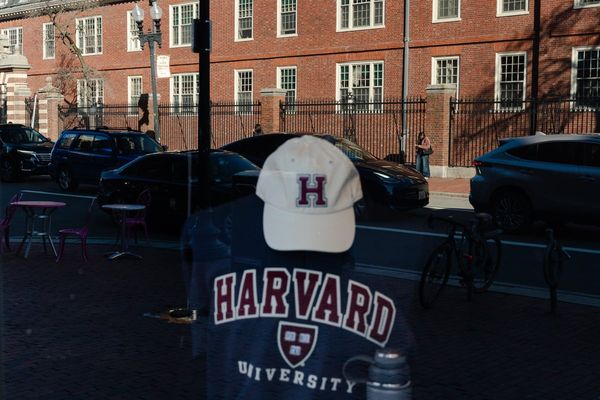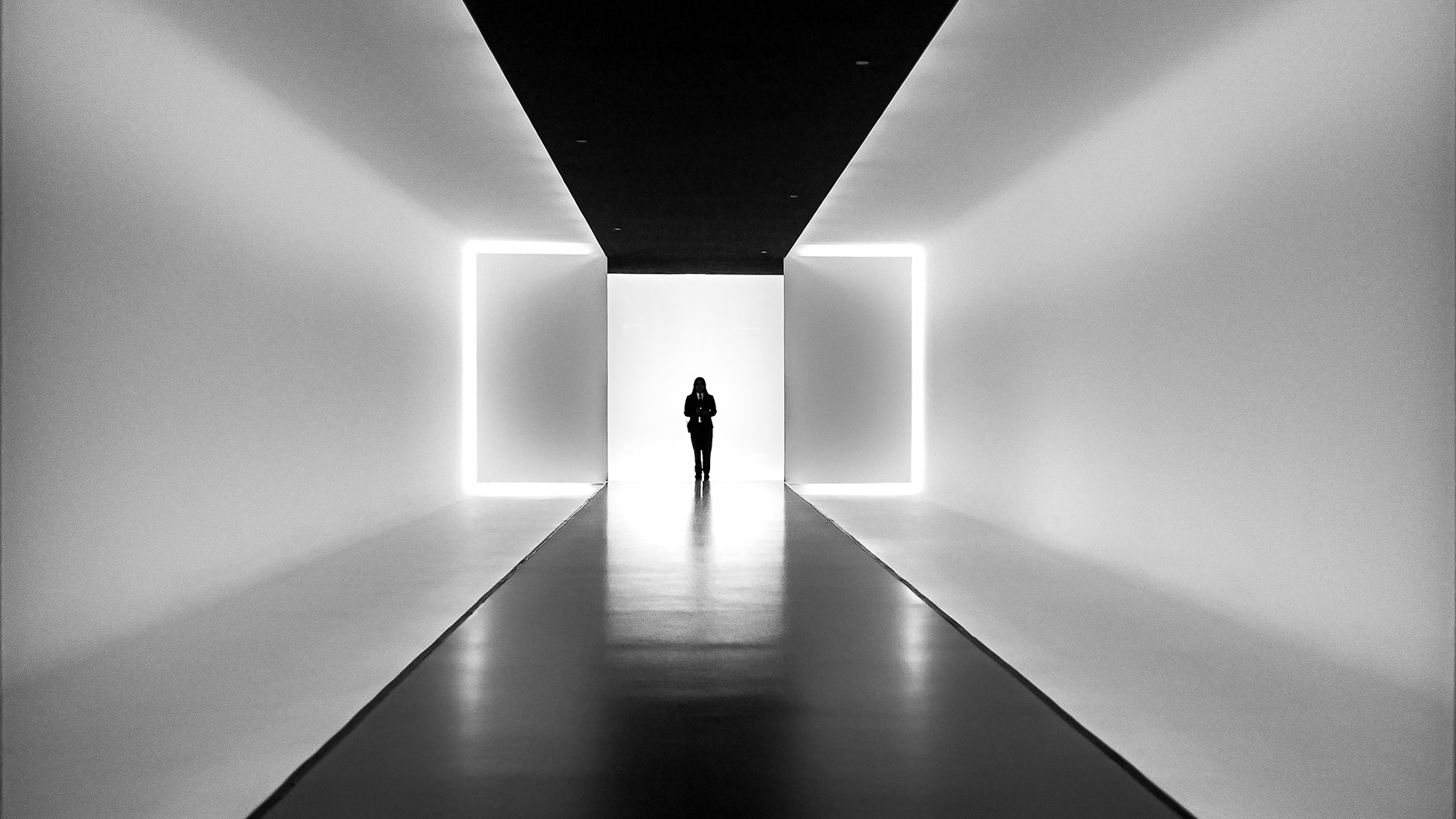
As a lifelong music enthusiast, the song Colorblind by Counting Crows was a staple of my 90s playlists. Little did I know that just a few years later, the term would come to define my artistic journey, igniting a profound passion for monochrome photography. This wasn’t simply a stylistic choice; it was also a nostalgic return to my youth, one that reminded me of my early 20s when I first delved into photography at the Alliance Française Academy in Quito, Ecuador.
It’s early morning and before the rest of the world awakens, I wander through the deserted streets of cities around the world, seeking that enchanting blend of darkness and dawn. The first light kissing the corners, creating silhouettes of the few early risers, fills me with immense inspiration. These moments, captured in black and white, hold a unique power and emotional depth.
Colorblindness has become an integral part of my identity. There was a time when I felt that color images were almost intrusive. Although that phase has passed, I still embrace a kind of selective colorblindness, except it’s being colorblind by choice.
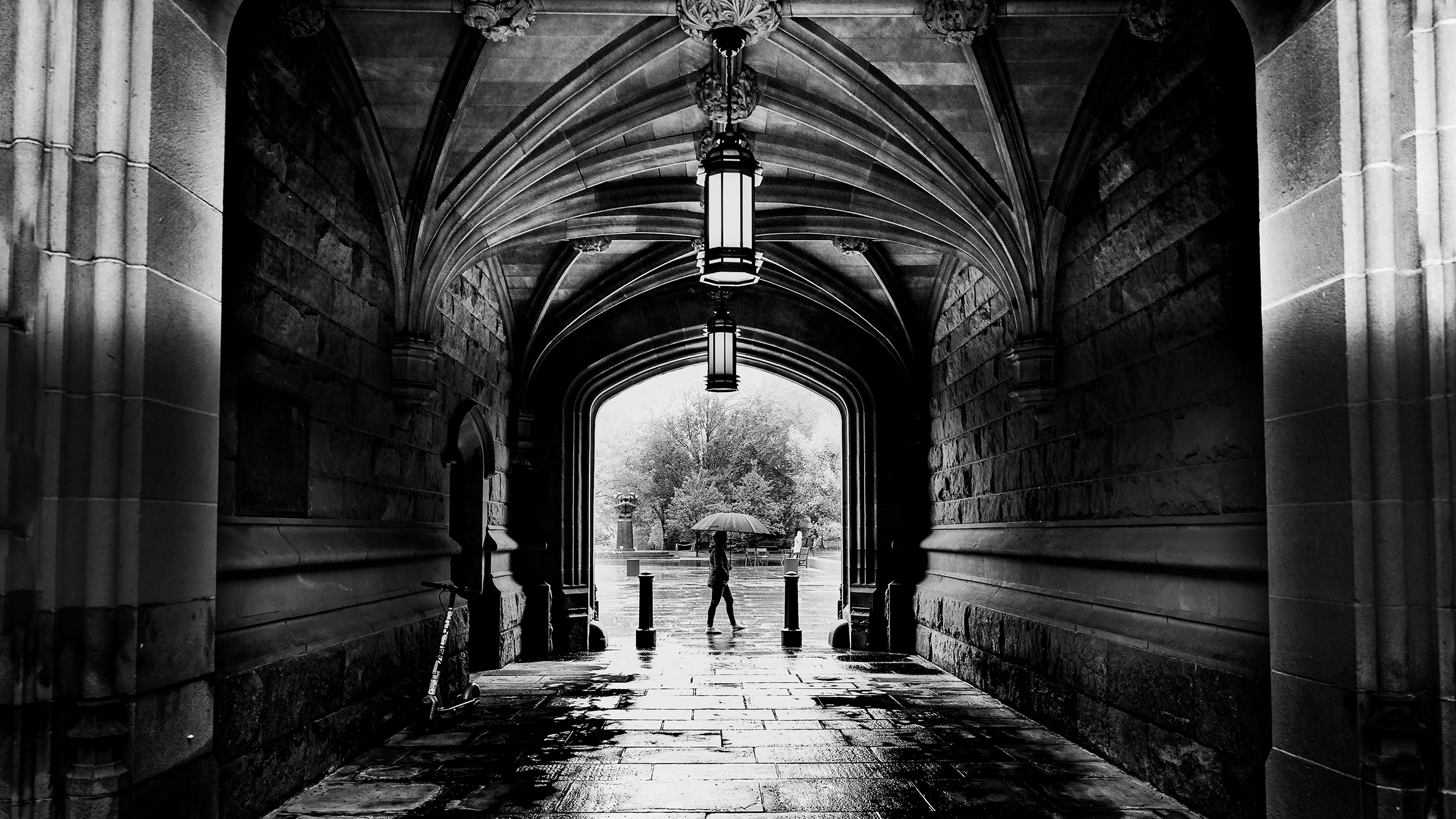

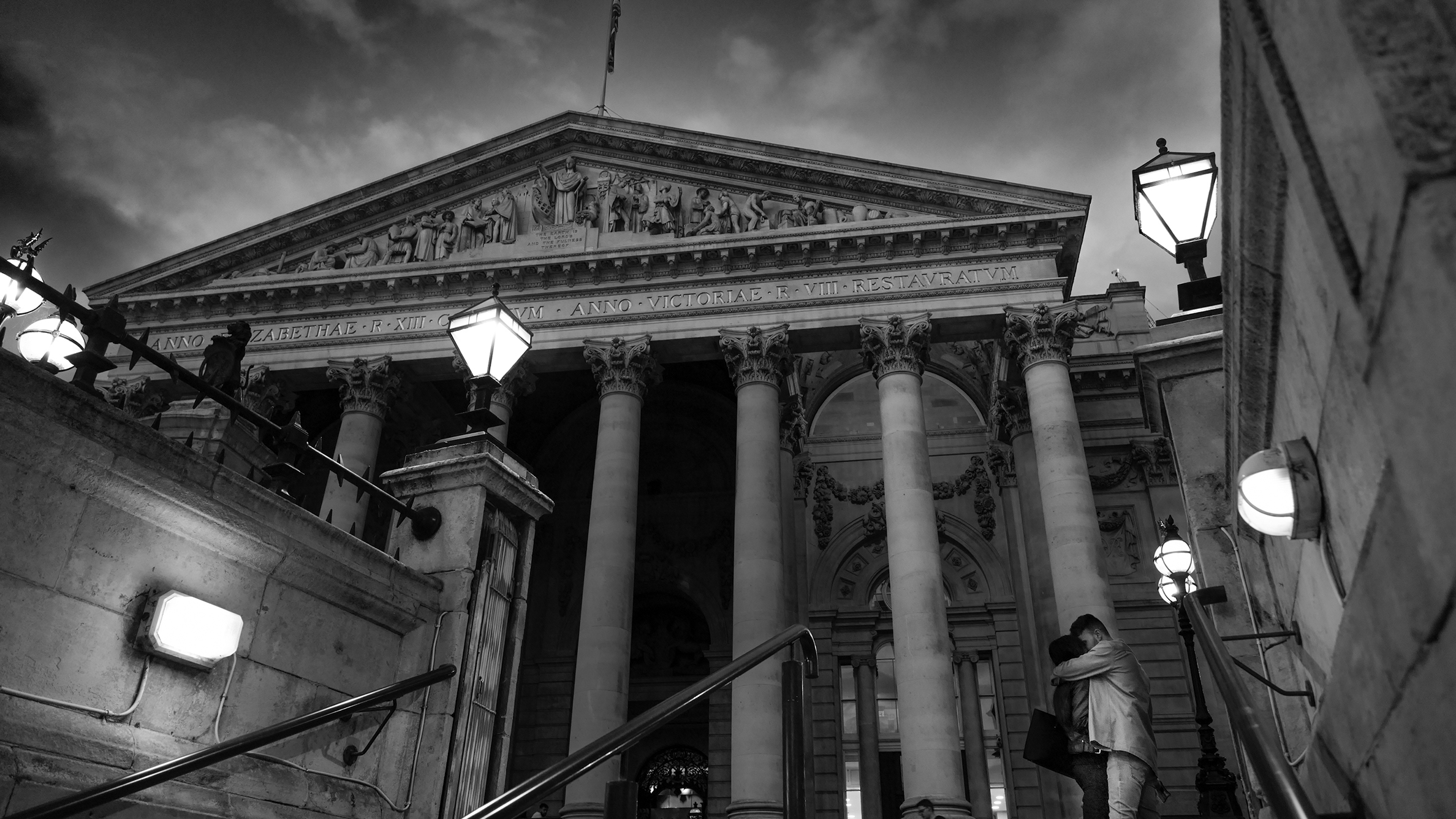
This journey has forced me to master the art of composition without the crutch of color. Leading lines, points of view, angles, symmetry, and framing have become my tools for crafting compelling, emotional images.
My work can be characterized by a symphony of deep blacks and high-contrast monochromatic urban compositions. My cameras and lenses dance through streets, candid captures, architectural marvels, and distant travel destinations. In each frame, I try to evoke emotions – romance, mystery, or a sense of wonder. My signature style is defined by creative angles and the use of contrast.
As I prepare to publish my first book next year, I already know the perfect soundtrack for the launch event – a monochromatic evening accompanied by the magical melody of Colorblind.
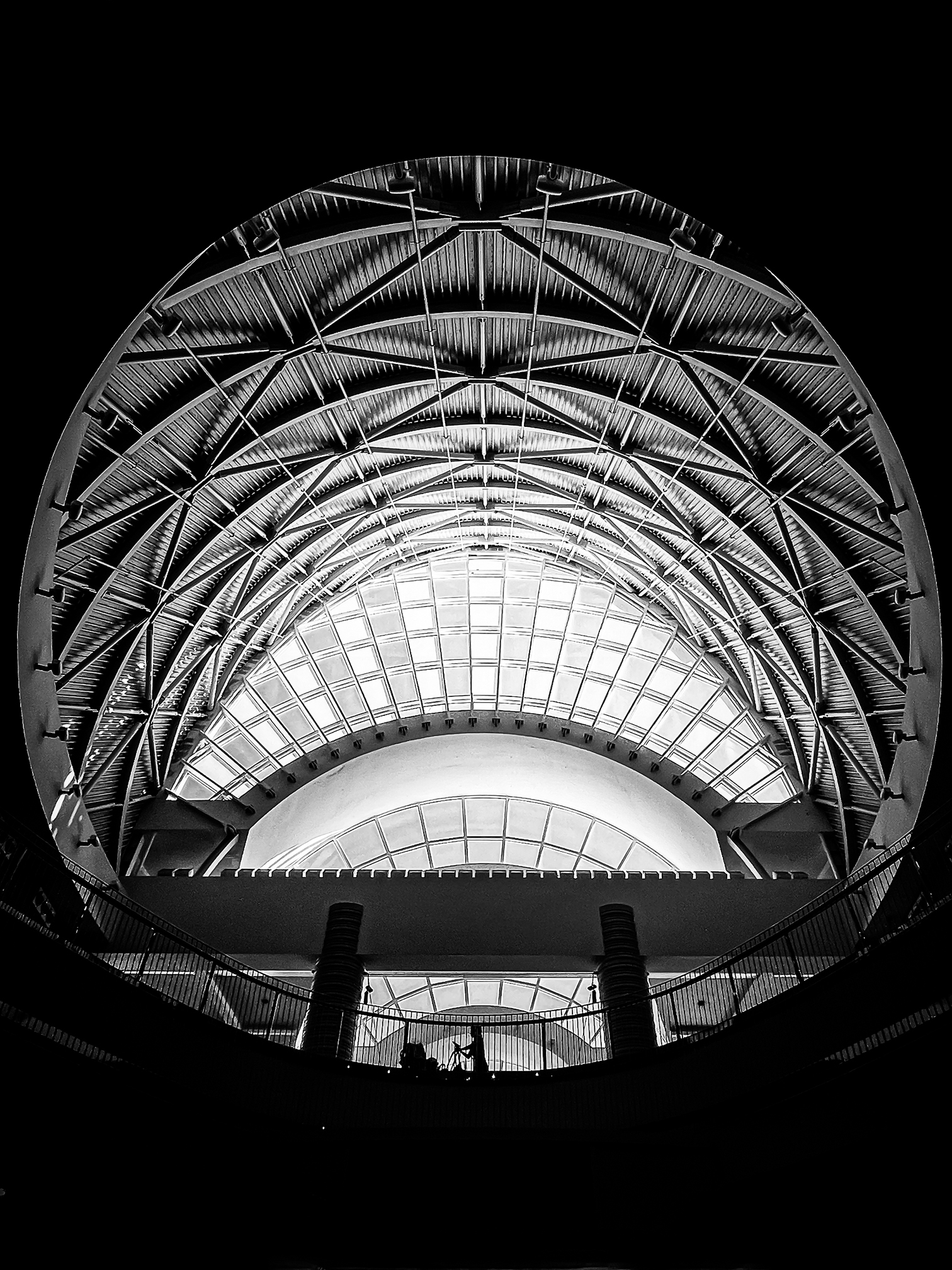
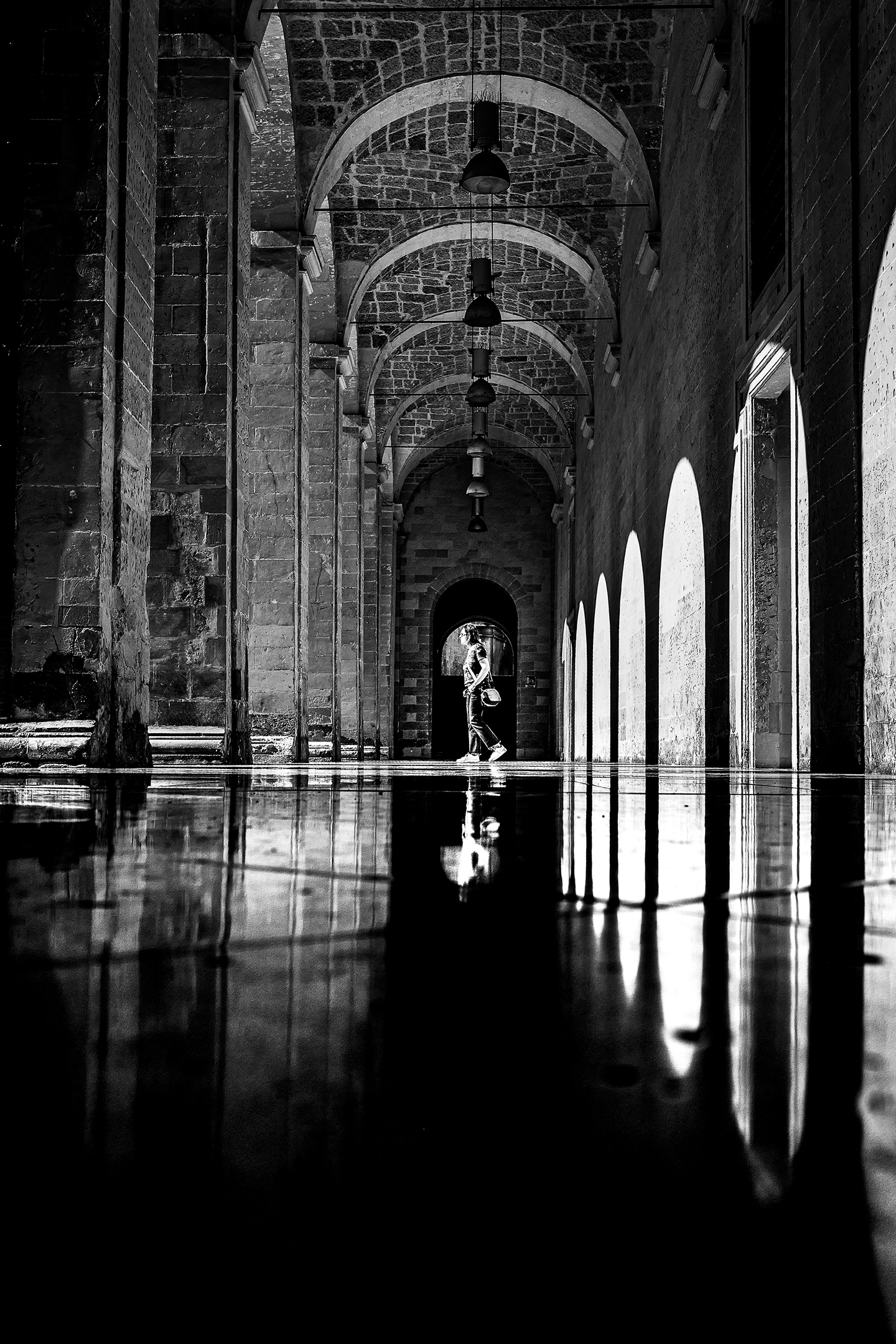
Xavier's cameras & lenses
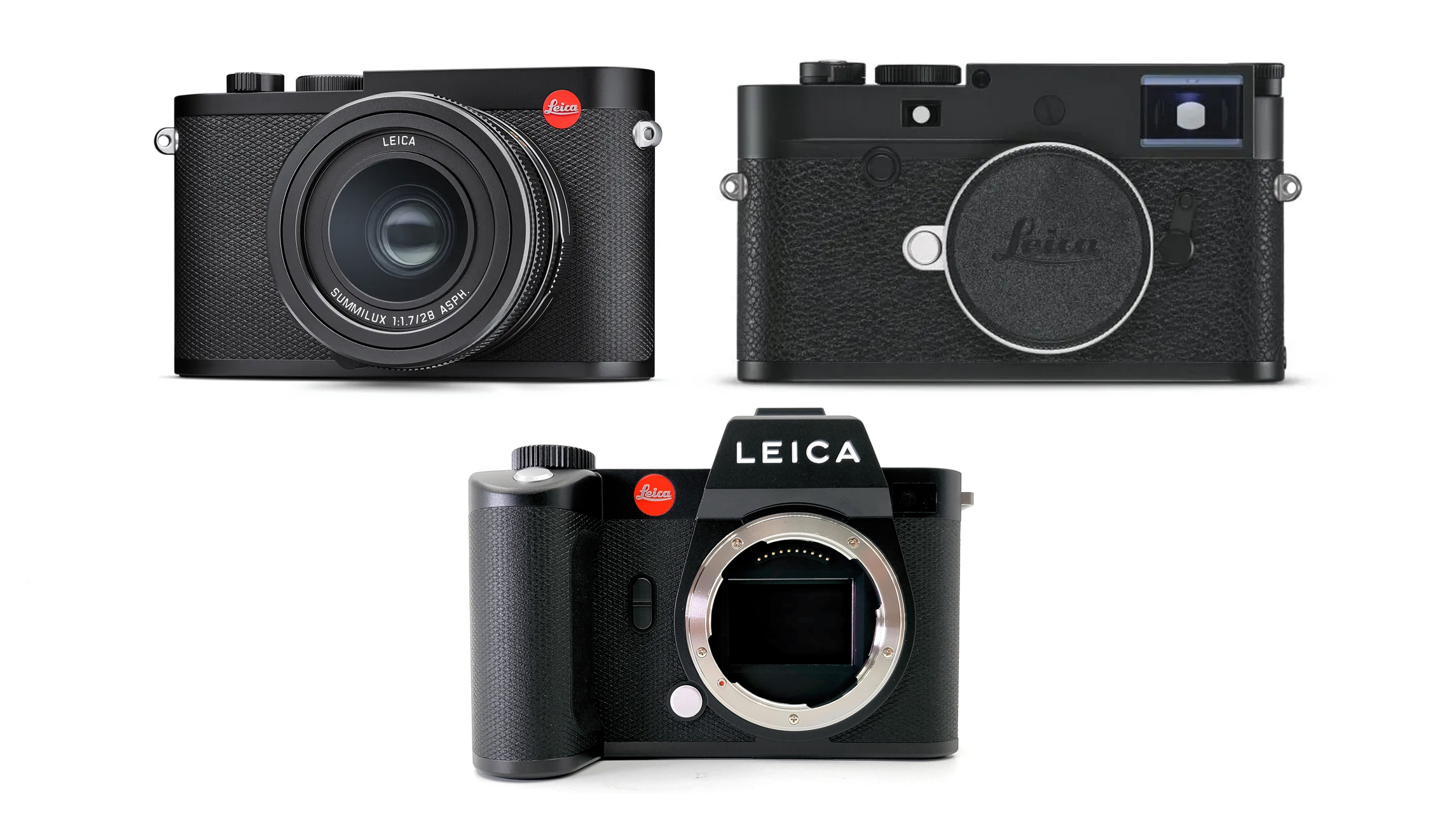
- Leica Q2 and Summilux 1.7/28
- Leica M10-P and Summilux 1.7/28
- Leica SL2 and Lumix S 24-105mm f/4


